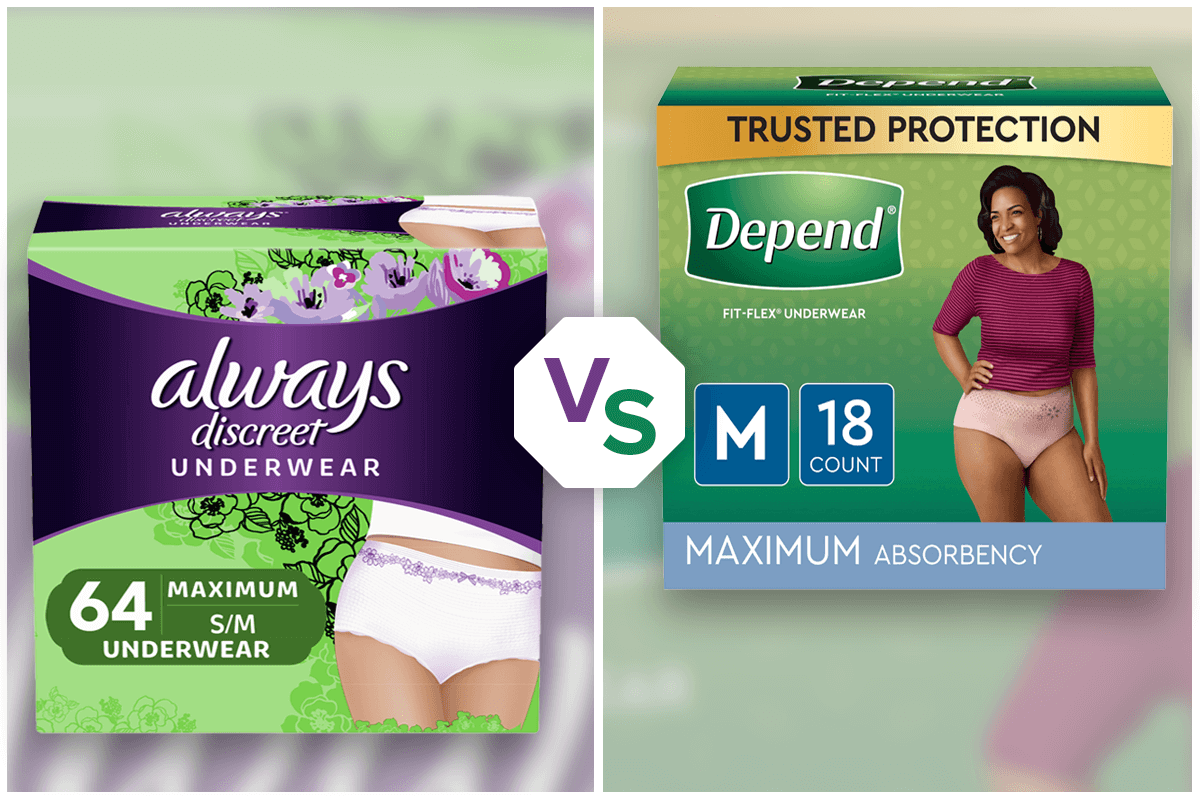When to Turn Around Your Baby's Car Seat
Learn when kids can be shifted to a forward facing car seat and how to be wary of its usage.

When Can My Baby Face Forward in Their Car Seat?
It’s not surprising that parents want their kids to be safe and comfortable while riding and travelling in a car or vehicle. So, here are some rules and laws that will keep your baby safe when you switch them from a rear-facing car seat to a forward-facing one.
The proper age for changing seats to a forward-facing one
I know that many parents have this question where they want to know what the proper age for their kid to use a forward-facing car seat is but since there are a lot of factors that come into play aside from just age in this matter, the answer cannot be just a number. Legally, kids who weigh 9kg can travel via a car seat that is ECE R44 or 04 approved. Typically, when kids turn nine months old they weigh 9 kg or more. But parents tend to wait a bit longer to make such a switch and there are valid reasons for it.
Babies and Young Children will be safer travelling in Rear-facing car seats - Why?
In a head-on collision, there is a high chance of children getting thrown forward if they are put in a forward-facing car seat. The stress on their neck and fragile heads increases and this can lead to serious injuries.
In the case of rear-facing car seats, the impact of the forces gets spread throughout the entire back. This protects the delicate neck and the head area. Studies show that 70% of accidents are frontal collisions so now you understand why rear-facing car seats are safer for your baby until their bodies develop muscle and bones properly.
The Law for I-Sized Rear-Facing Car Seat?
i-Sized Car seats meet the highest standard of safety so choosing them is better for your kid’s safety. When you choose these types of car seats then your kid will have to travel in a rear-facing way until they are 15 months old or more by law.
How long Should Babies travel in a rear-facing car seat?
You can go through the guidelines that i-Size has published which state that parents shouldn’t switch their kids from a rear-facing car seat to a forward-facing one until they have turned 15 months old. But, the debate started as many experts gave their opinion about this and said that it’s better to wait longer to switch.
Your kids can use I-Sized car seats as rear-facing ones until they are 105 cm tall or if they are 4 years old. The muscles and bones develop well enough and further strengthen at this age and height.
Appropriate age for the forward-facing seat for babies
It is best to keep your kids in a rear-facing car seat while travelling for as long as possible. Age does play a role in deciding when you can switch to a forward-facing car seat but there are other important things to keep in mind while making this decision. Refer to these guidelines instead of using age as a set rule.
- Make sure that you put a harness over your kid’s body when you use a forward-facing car seat.
- Properly buckle your baby in the seat and ensure that there are no twisted or uneven straps.
- You should never leave your child unattended in a car or around the car and this goes without any exceptions.
- Only when you are travelling, you should use the car seat, otherwise, there’s no need to use it. Do not use it for your baby’s sleeping or eating.
- If your kid is under 13, place their seats in the back seat of the car since the airbags can potentially injure your child.
- The manual is there for a reason and before putting your baby in that car seat you need to read it thoroughly to avoid any unwanted tragedy.
- Damaged Car seats or expired ones or car seats that have an unknown history should stay far away from your kid because it is life-threatening to use such products
The height limit and the weight limit are necessary to consider
Most car seats, if not every one of them come with a height limit as well as a weight limit. Naturally, a forward-facing car seat also has those limitations that you need to consider before making the switch. The rear-facing car seats are able to accommodate children who weigh 28 to 35 pounds and height wise 30 to 35 inches. However, kids usually reach the height limit way before they fulfil the weight category. When your baby outgrows the rear-facing car seat, you can use a convertible or a forward-facing car seat and then you can keep them until your child crosses 40 to 50 pounds in weight.
However, you should check the weight limit for the car seat you’re going to purchase. The manufacturer’s instructions or the tag on the car seat usually contains such information.
Do not put your baby in a forward-facing car seat before they turn 2 years old
Earlier the standard time to switch your baby from a rear-facing car seat to a forward-facing one was when the kids turned 2 years old. Now, it is not safe at all because most 2 years old don’t have the physical growth to survive a car crash while being in a forward-facing car seat. This is why you need to check if your kid has reached the limits of height and weight set on the car seat to make the switch rather than basing your decision on the calendar. Usually, most kids can ride in a forward-facing car seat after they turn 3 to 4 years old.
Conclusion
There are unique and innovative designs for car seats of both forward-facing and rear-facing ones. Many companies also help parents purchase the perfect car seat for their baby after listening to their particular needs. If you are purchasing a new car seat, check out the car-seat buyer’s guide to figure out which one you should go for since according to your specific needs the choice will differ. Once you decide to make the switch, make sure that you have installed the car seat properly.
More For You!
Game On Mommy
© Copyright 2023 by Gameonmommy.com. All rights reserved. We are a participant in the Amazon Services LLC Associates Program, an affiliate advertising program designed to provide a means for us to earn fees by linking to Amazon.com and affiliated sites.





